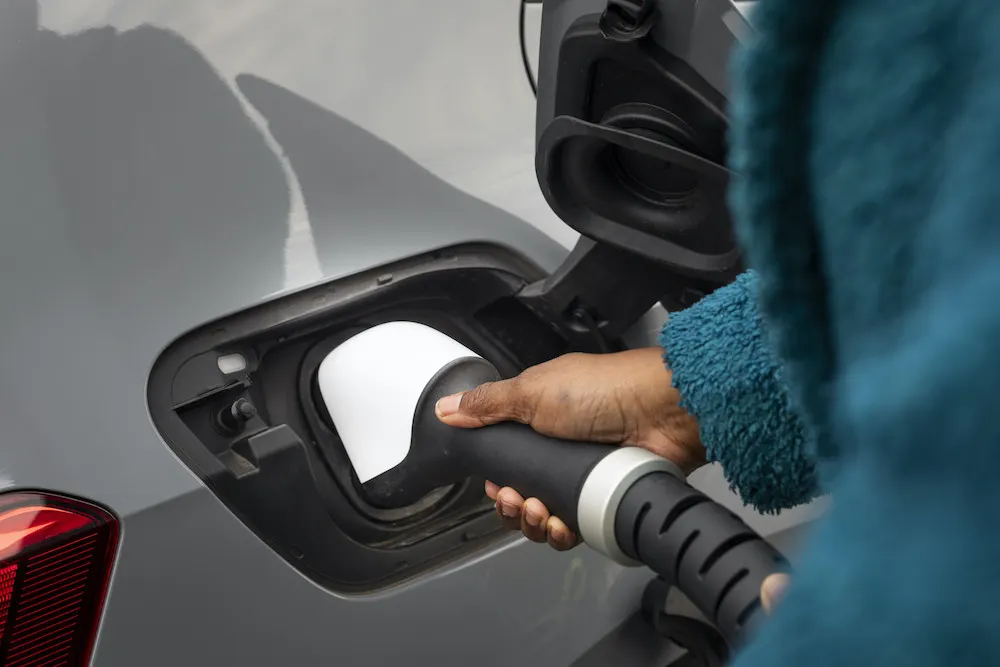Keen to try before you buy? We share 8 tips to help your EV rental become a success
Keen to find out more about EVs? Renting an EV for your next business trip, adventure, or weekend away allows you to do just that – without committing to a big purchase. In fact, many EV owners choose to rent an EV before they buy.
Renting an EV can be a chance to try out public charging – and might also be an opportunity to try out different makes and models of vehicle, prior to deciding whether to make a purchase. You might think of EV rental as an extended test drive.
Ready to rent? Here are eight ways to make your temporary EV experience a success.









